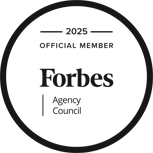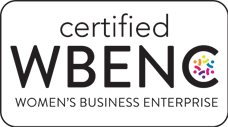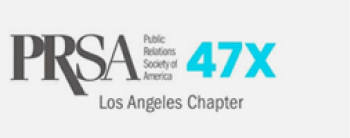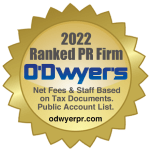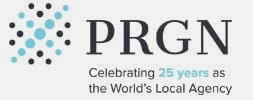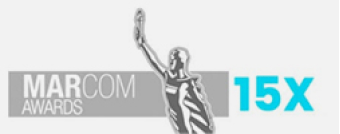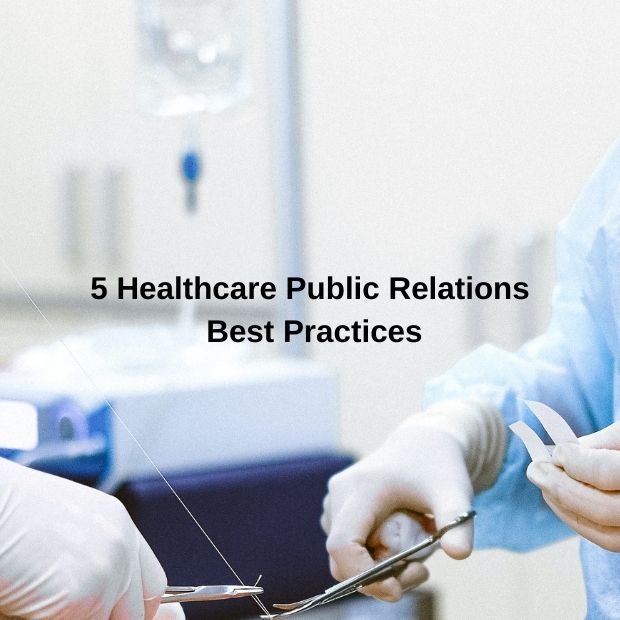
Top 5 Healthcare PR Best Practices for Strategic Success in 2025
1. Choose the best spokesperson and don’t neglect media training
Your efforts will be most effective if they manage to cut through the clutter and connect a passionate representative with an audience who can learn from what they have to say. Get to know the key figures in the company you represent and use your instincts to identify an individual who sparks the perfect balance between knowledge and enthusiasm.
We all know by now that reporters are not interested in monotonous statements and healthcare subject matter has the potential to come across as highly technical. With a great spokesperson, you can regularly provide good news stories that communicate a company’s key messages while providing information to an engaged audience. Invest time into preparing this spokesperson to be able to interact with the media in a way that is authentic and articulate.
2. Pitch a story, not a product
This is the ultimate arena in which a PR practitioner’s storytelling abilities can shine. Make full use of the information available to you by leveraging patient stories and current trending topics to add emotional depth to what a client has to offer. Even if the release is intended to announce a new technology or service, public relations professionals should bring the content back to how the innovation will serve people. Because at the end of the day, that is the purpose and priority of healthcare work.
Incorporate visuals wherever possible by providing patient interviews or high-quality assets with a release. This makes a journalist’s job easier by starting the process of illustrating and giving shape to a story. A compelling patient story will often speak louder than the most impressive statistics and present healthcare wins in a way that grabs the attention of the public.
3. Know your goals and act accordingly
Most areas of healthcare PR incorporate the same overarching methods, including social media and media relations, but you don’t want to get caught up in a strategy that isn’t targeted toward the company’s expected outcome. For example, if a product is marketed B2B, then dedicating most of your efforts toward a public-facing social media account isn’t likely to show the desired increases in revenue because it’s not well-matched. Be sure to outline where clients hope to see themselves six to 12 months out from the start of a program to know that you are focusing in the right direction from the jump and position accordingly.
4. Stay on top of relevant awards
In the healthcare world, it carries a great deal of weight to be recognized by influential publications and associations. If a client’s product or actions qualify for an award from a notable outlet then it is well worth it to throw their name into the ring to earn acknowledgment for innovative work. This usually involves an entry fee, but the authority and trust that comes with an award-winning product or service have the potential to carry a healthcare company’s name further than organic coverage alone. This also expands the list of newsworthy angles for releases and gives a greater likelihood of recognition to your client’s name when a pitch comes across a reporter’s desk.
Proactive PR professionals would be wise to keep an up-to-date and extensive list of relevant industry awards, including the submission windows and event information available to them in order to round out an integrated communications strategy. Set reminders to check in on this information to avoid missing deadlines and give clients plenty of time to prepare assets to include in each entry.
5. Amplify and leverage materials across available channels
From traditional news to social media to company communications, most of us gather our daily information from an endless number of sources. It is essential for healthcare public relations professionals to repurpose materials across each of the necessary channels to have the best opportunities for exposure. Since healthcare involves a wide range of information formats, from research and data to visual patient stories, there is plenty of content to share in releases, social media, newsletters and more. The overlap is encouraged and will provide an endless number of ways to rework a story and keep audiences engaged.
When distributing press releases, avoid popular times for distribution (Mondays – Thursdays from 6 a.m.-8 a.m. EST) and increase visibility by reaching reporters when they’re looking for news. It is incredibly valuable to build relationships with your ideal media targets on social media channels as well. Find the people who are talking about the topics that matter most to your specific healthcare industry client and engage with or follow them on Twitter to easily stay up to date with what they’re thinking about and what they might want to cover next. Many reporters will even list their email in their Twitter bio to indicate that they’re open to tips.
We hope these public relations best practices will help guide your communications strategies as you navigate the world of healthcare and biotech.
Check out our previous healthcare public relations best practices work and contact us today to learn more about how we can help elevate your healthcare PR strategy.



